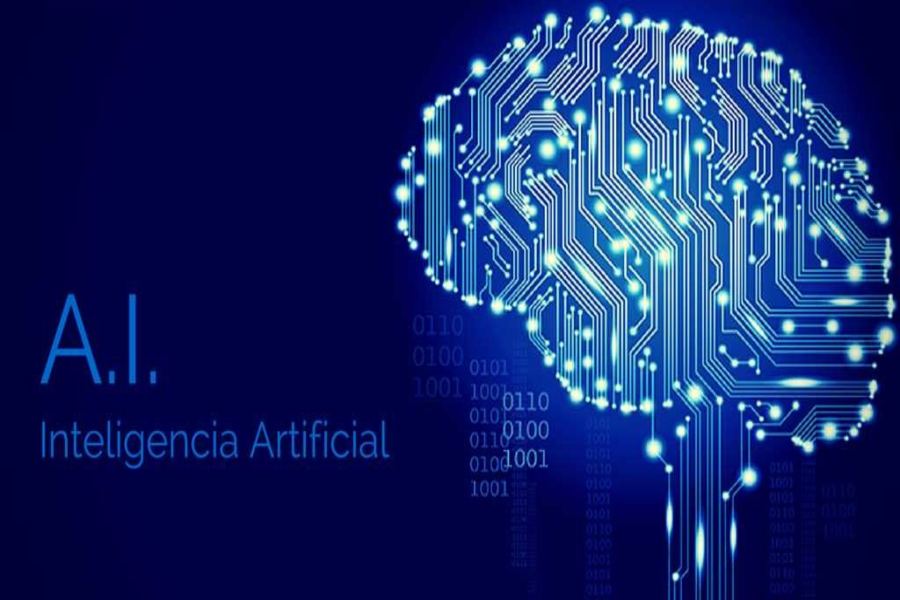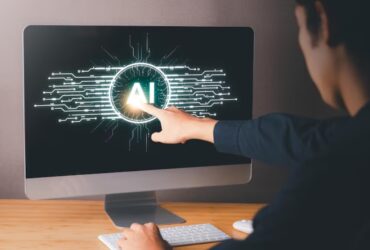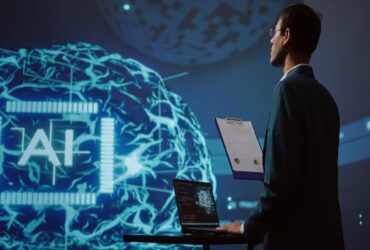In today’s digital age, artificial intelligence (AI) is rapidly transforming the way we interact with technology. A common question arises: How are the ways AI learns similar to how you learn? As humans, we acquire knowledge through various methods, such as observation, trial and error, and experience. Surprisingly, AI systems also learn in similar ways, albeit through algorithms and data processing. The learning capabilities of AI have advanced to the point where machines can adapt, improve, and develop over time, just like human beings.
Understanding these parallels helps demystify AI, making it less of an abstract concept and more relatable. AI’s learning methods can be compared to human learning theories, such as reinforcement learning, neural networks, and cognitive development. By exploring the ways AI mimics human cognition, we not only appreciate the similarities but also recognize the potential impact AI can have on society, education, and industry.
This article will break down how AI’s learning methods reflect the way humans learn, using simple language and clear examples to help you grasp these fascinating connections. Let’s dive deeper into the world of AI and human cognition, drawing comparisons that might surprise you.
How AI and Human Learning Methods Align
Artificial intelligence and human learning may seem like they operate in entirely different realms, but the processes are strikingly similar. Both involve understanding and adapting to new information to make decisions and improve over time. To fully appreciate how AI mirrors human learning, it’s essential to explore the key methods AI uses and how they align with how you learn as a human.
One of the most notable similarities between AI and human learning is through observation and pattern recognition. Humans observe the world around them and derive meaning through experience and sensory input. AI operates in much the same way, analyzing massive amounts of data to find patterns and make informed decisions. In both cases, whether it’s a toddler learning to speak or an AI analyzing customer data, observation plays a critical role.
Another way AI mimics human learning is through trial and error. Humans constantly learn from mistakes—touching a hot stove teaches you not to do it again. Similarly, AI systems use algorithms like reinforcement learning, where they are rewarded for correct actions and penalized for incorrect ones. This helps AI refine its decision-making process over time, much like how humans adjust their behavior based on outcomes.
In addition, AI and human learning are driven by feedback loops. Just as you learn from feedback in school or at work, AI systems improve by receiving feedback from their environment. Whether it’s a chess-playing AI learning strategy or a human perfecting a new skill, feedback is crucial for growth and development.
Lastly, both humans and AI rely on memory to build upon past experiences. While humans store memories in their brains, AI stores vast amounts of data in databases, using it to make future predictions. This enables both AI and humans to leverage past experiences when faced with similar challenges in the future.
Breaking Down AI Learning Methods vs. Human Learning
H3: Reinforcement Learning vs. Human Trial and Error
Reinforcement learning is one of the core ways AI learns, mimicking the human trial-and-error approach. Just as a child learns not to touch a hot surface after being burned, AI learns through a reward and punishment system. Every decision it makes is followed by feedback, helping it adjust its future actions based on positive or negative reinforcement.
H3: Neural Networks and the Human Brain
At the core of AI’s learning process are neural networks, which are inspired by the human brain. Neural networks enable AI to recognize patterns, categorize information, and make predictions. This process is similar to how your brain processes information. The more data the AI processes, the better it becomes at understanding complex tasks—just like how your brain gets better at tasks with experience.
H3: Cognitive Learning Models in Humans vs. AI’s Machine Learning
Cognitive learning involves understanding and processing information to form knowledge. Humans excel at this by analyzing and interpreting sensory inputs. AI also employs machine learning models to process vast amounts of data, identify trends, and make decisions without being explicitly programmed for every scenario.
H3: Memory Storage and Retrieval in AI vs. Humans
Memory plays a vital role in both AI and human learning. While humans store information in the brain for later use, AI stores data in its system, which it accesses to make decisions or predictions. The ability to recall past experiences or data allows both AI and humans to adapt and improve over time.
Core Learning Models Shared by AI and Humans
- Observation and Pattern Recognition: Both AI and humans rely heavily on observing their surroundings and recognizing patterns. This allows AI systems to process data and humans to derive meaning from their environment.
- Feedback and Adaptation: AI adapts through feedback mechanisms, just like humans learn from positive and negative feedback in various aspects of life.
- Trial and Error (Reinforcement Learning): Whether it’s touching a hot stove or optimizing an algorithm, both humans and AI improve through trial and error.
- Learning from Data and Experiences: AI learns from data, while humans learn from experiences. Both processes rely on accumulating information over time to enhance decision-making.
- Memory Storage and Retrieval: AI stores vast amounts of data, just like humans store memories. This enables both to use past experiences to improve future outcomes.
Detailed Comparison of Learning Capabilities
Human learning is deeply rooted in cognitive and social processes. You learn from interaction, observation, and reflection, which helps shape your understanding of the world. Artificial intelligence, although different in its functioning, follows similar principles when learning from data. The way AI processes information can be viewed as analogous to human cognition. Both systems rely on experience, adaptation, and memory.
For example, AI’s machine learning models depend heavily on processing data and learning patterns, which can be compared to how humans learn through observation and repetition. When you learn a new language, for instance, you repeat words, phrases, and grammar rules, gradually becoming more proficient. Similarly, AI improves its performance by repeatedly analyzing data and refining its algorithms based on results.
Moreover, humans and AI can learn in real time. Human brains are continuously processing information, whether consciously or subconsciously. AI systems also work in real time, processing vast amounts of data to make instant decisions, such as self-driving cars navigating traffic. Both systems must process input quickly and adapt to changes in their environment.
While AI doesn’t possess emotions or subjective experiences, it learns through structured systems that can be surprisingly close to human methods of learning. For instance, supervised learning in AI involves feeding a system labeled data to train it to make accurate predictions—this is akin to how you learn from teachers or mentors guiding you.
How AI’s Learning Parallels Human Cognition
H3: AI and Cognitive Development
Artificial intelligence models resemble cognitive development in humans. From early childhood, humans learn by interacting with the world around them, much like how AI systems learn from vast datasets.
H3: Decision-Making Processes
Both humans and AI rely on past experiences to make decisions. Humans draw on memories, while AI systems access stored data to inform future decisions, improving their accuracy over time.
H3: Learning from Mistakes
Just as humans learn from mistakes and successes, AI systems utilize failure to refine their algorithms. This process of trial and error ensures continuous learning and improvement in both systems.
H3: Social Learning and AI Collaboration
While humans thrive on social interactions for learning, AI collaborates by integrating data from multiple systems. These interactions, whether human or AI-based, contribute to the overall learning process.
Conclusion
The comparison between human learning and artificial intelligence reveals remarkable parallels. From trial and error to feedback loops, both humans and AI share key learning strategies. Although AI operates on algorithms and data, its learning process mirrors the human brain in various ways. By understanding these similarities, we can appreciate AI’s potential in advancing technology and enhancing our own learning experiences.
FAQ’s
Q. How does AI learn similarly to humans?
A. AI learns similarly to humans through methods like trial and error, observation, and pattern recognition. Both rely on feedback and adaptation to improve over time.
Q. Can AI adapt like humans?
A. Yes, AI can adapt through algorithms that adjust based on input and feedback. Just like humans, AI improves performance through learning from past experiences.
Q. What is reinforcement learning, and how is it like human learning?
A. Reinforcement learning in AI is akin to human trial and error, where AI systems receive rewards or penalties for actions, helping them refine decision-making processes.
Q. Does AI have memory like humans?
A. While AI doesn’t have memory in the human sense, it stores vast amounts of data, which it accesses to make decisions and predictions, similar to how humans recall information.
Q. How do neural networks compare to the human brain?
A. Neural networks in AI are modeled after the human brain’s neural structures. Both process information and recognize patterns, contributing to learning and decision-making.












































Leave a Reply